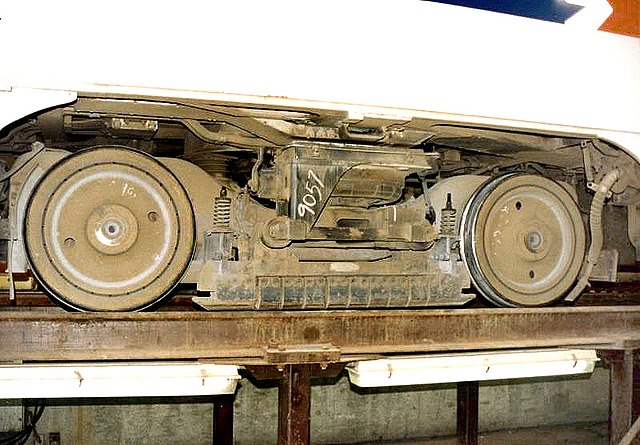how do brakes work on a train
It is sealed against a rubber washer by the vacuum with a pin to hold the pipe in place when the vacuum drops during braking. How The Brakes Work In Trains.
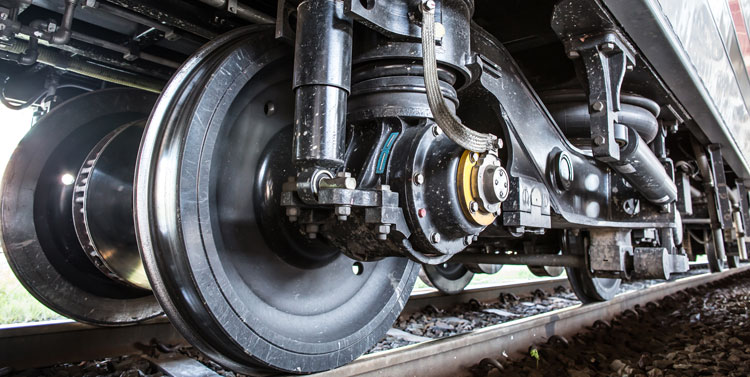
Train Braking Performance Determination Global Railway Review
The train line will be at 64 psi the main reservoir will be at 64 psi and the brake cylinder will also be about 64 psi.
. A railway air brake is a railway brake power braking system with compressed air as the operating medium. Us freight railroad brakes use a pressurized air line to supply reservoirs on each car. The only way to do that is to place the brake valve in emergency which draws off air from the emergency reservoir.
Depends on the train and location. In the air brakes easiest kind referred to as the straight air system compressed air pushes on a piston. Essentially the brakes are always on.
How do brakes on a train work. Now that we have established the two separate types of braking systems that can be found in trains as well as a brief explanation of how they operate we will be going more into detail on the process of how both of these systems actually work. For the train to actually move the operator has to disconnect this air tank.
The compressor on the locomotive charges the main reservoir with air at 125140 psi 8697 bar. The system uses compressed air to brake railway traffic brake systems and operates as the brake operation mode. 26 psi x 25 65 psi Any further draw down from the train line wont increase the pressure in the cylinder.
In the air brakes simplest form called the straight air system compressed air pushes on a piston in a cylinder. In various forms it. Full air pressure signals each car to release the brakes.
High-speed trains are often outfitted with a magnetic observe brake which may give about 03 ms2 additional and provides braking distances of about 850 m 2790 ft at 200 kmh 120 mph and 1900 m 6200 ft at 300 kmh 190 mph. The resistance of the motor field acts as a brake on the locomotive which in turn helps to slow the train. In the air brakes simplest form called the straight air system compressed air pushes on a piston in a cylinder.
If the train accidentally uncouples the brakes will automatically apply fully-since all of the brake pipe pressure will be vented to the atmosphere through the disconnected pipe. He or she does this by. It was patented by George Westinghouse on April 13 1869.
The Westinghouse Air Brake Company was subsequently organized to manufacture and sell Westinghouses invention. A reduction or loss of air pressure signals each car to apply its brakes using the compressed air in its reservoirs. A railway air brake is a railway brake power braking system with compressed air as the operating medium.
Independent locomotive brake and automatic train brake. A reservoir of compressed air on each locomotive is kept and on the engineers command the compressed air is sent to the brake cylinder which pushes a piston out pushing brake shoes against the wheels and. When there is a dip in pressure in that line from an application or a hose break it trips a valve on the reservoir and sends a corresponding increase in air pressure to the brake cylinders.
Air brakes at the outermost vehicles of a train are turned off using a tap. The copper would heat up as the eddy currents swirled inside it gaining the kinetic energy lost by the train as it slowed down. The piston is connected through mechanical linkage to brake shoes that can rub on the train wheels using the.
The train brakes are released by admitting air to the train pipe through the engineers brake valve. Normally with the train rolling along and the brakes released the locomotive will be maintaining 90 psi in the brake pipe and the reservoirs will be charged up to 90 psi too. How do air brakes on a train work.
There are two types of air brakes on a train. So do train cars have brakes. Independent brakes work with straight compressed air.
Why a person standing near the railway track is pulled toward train when a fast moving train passes. In normal braking the pressure in the train pipe does not reduce to zero. Brake cylinder of each car causes the brakes to move away from the wheels.
What Did Air Brakes Do For Trains. Air brakes at the outermost vehicles of a train are turned off using a tap. Click to see full answer.
A What are independent brakesb What are auto brakesc What re dynamic brakesd. Do Trains Use Air Brakes. When the engineer wants to apply the brakes he has to send.
In this small tutorial we go through the basics of how train brakes work. The electric current generated by the motors in the dynamic-braking mode is a waste product and is dissipated as heat in banks of. Vacuum brakes at the outermost vehicles of a train are sealed by fixed plugs dummies onto which the open end of the vacuum pipe is placed.
The piston is connected through mechanical linkage to brake shoes that can rub on the train wheels using the resulting friction to. In this small tutorial we go through the basics of how train brakes work. The brakes apply whenever the air pressure in the brake pipe drops.
Locomotive air brake systems are manually controlled by two brake valves which work together but have different functions and both when in controlling or trailing position in a locomotive consist automatically in response to reductions in brake pipe pressure initiated by any cause other than use of that locomotives brake valve. Modern train air brakes rely on this type of air brake system. In this video of How train Brakes work I have explained the working of Air Brake system and vacuum brake system with the help of block diagram and also shown.
Modern trains rely upon a fail-safe air brake system that is based upon a design patented by George Westinghouse on April 13 1869. The air brake system on a train works by the linkage of all the carriages or trucks from the engine and works by not pushing on the brakes but instead it holds them off until the pedal is pressed and the air is prevented and the brakes lock on.
Bogies The Railway Technical Website Prc Rail Consulting Ltd
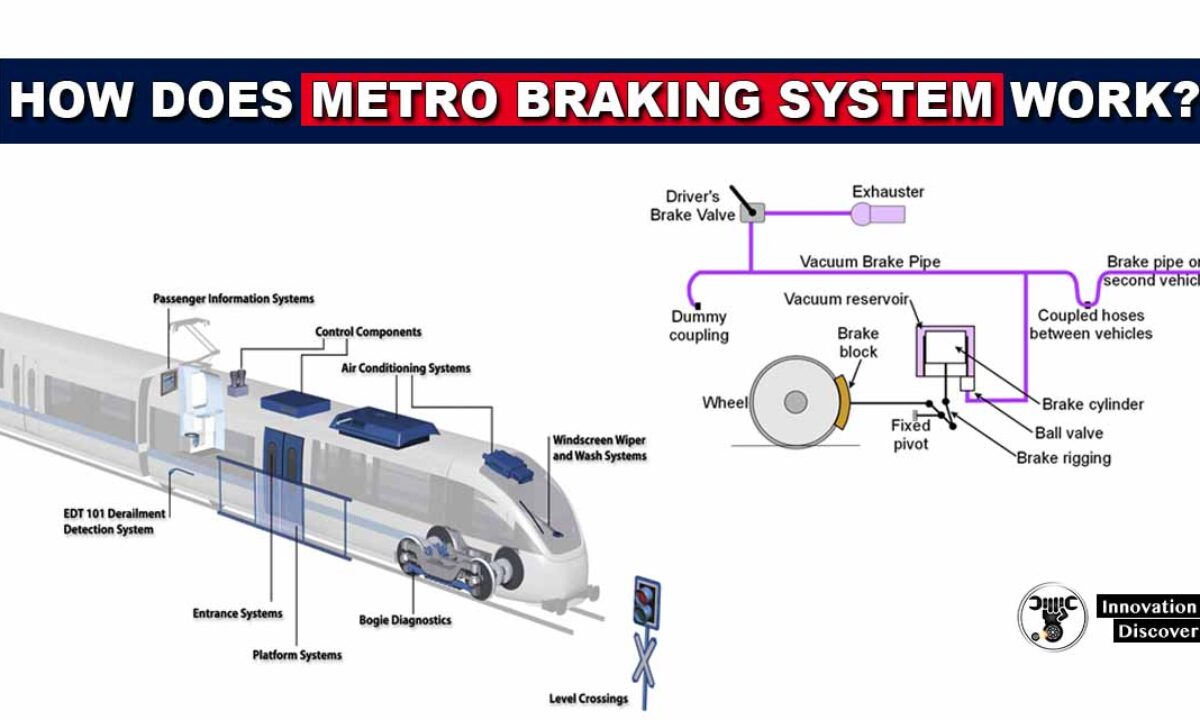
What Type Of Braking System Used In Metro Trains How Does Metro

Brake System In Train Emergency Brake In Train Air Brake In Train च न प ल ग In Hindi Youtube
What Is The Use Of The Lap Position On A Train Brake Lever Quora

What Is Train Air Brake Trainairbrake Introduction Of Train Braking System Lhb Train Brake Youtube

Couplers Brakes The Transcontinental Railroad
What Is The Use Of The Lap Position On A Train Brake Lever Quora
Electro Pneumatic Brakes The Railway Technical Website Prc Rail Consulting Ltd
How Does The Air Brake System Work In A Train Quora
Electro Pneumatic Brakes The Railway Technical Website Prc Rail Consulting Ltd
How Does The Air Brake System Work In A Train Quora
What Is A Vacuum Braking System Quora
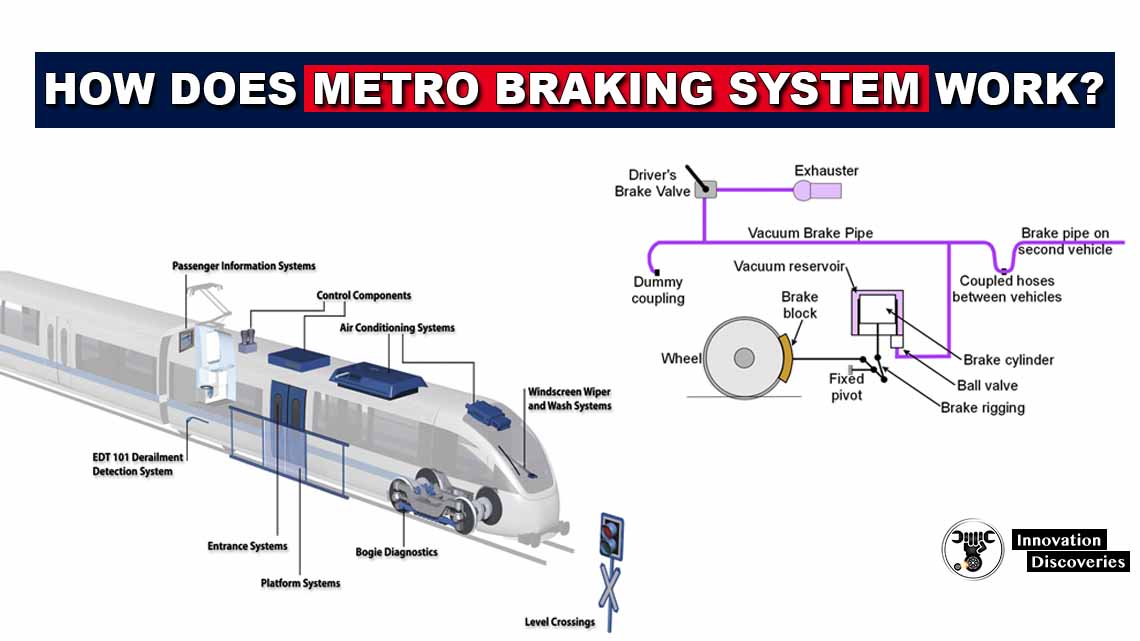
What Type Of Braking System Used In Metro Trains How Does Metro
Vacuum Brakes The Railway Technical Website Prc Rail Consulting Ltd
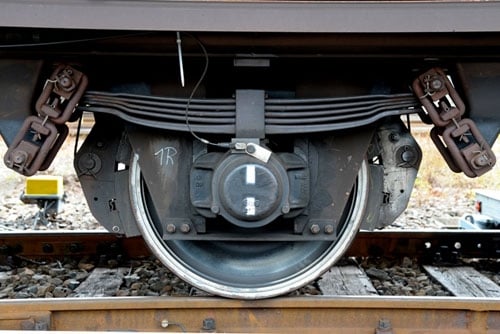
A Life Cycle Approach To Braking Costs International Railway Journal
Vacuum Brakes The Railway Technical Website Prc Rail Consulting Ltd
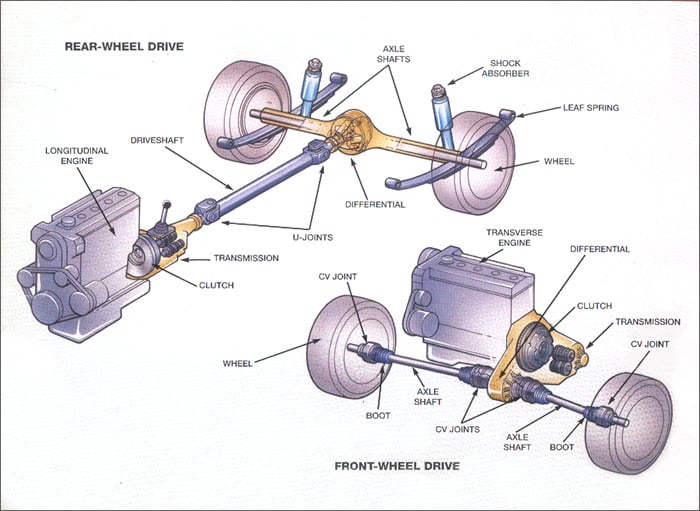
The Drive Train Hydraulic Brake System Steering System Schoolworkhelper
.jpg)
